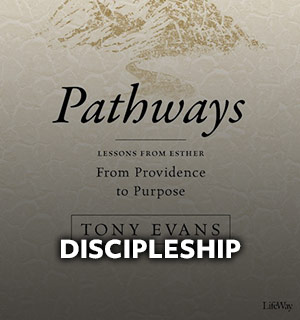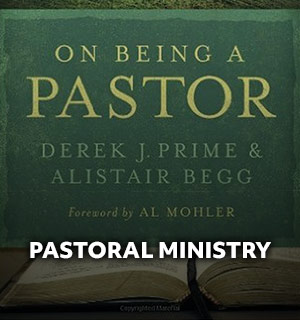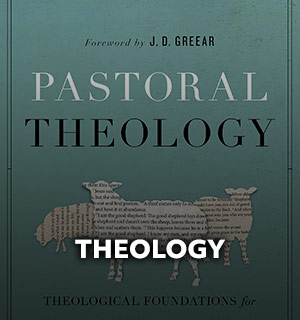
By Lore Wilbert
Each of us carries our stories with us into the foyers of church, beneath our church clothes and Christian clichés.
Perhaps beneath the exterior there is unspeakable suffering, trauma, pain, or confusion. Perhaps we were raised in abusive homes or were raped in college.
Maybe we grew up under insufferable legalism or abject neglect.
These stories rest on our shoulders as we slide into pews or plush chairs. They’re telling us whether we should reach out to touch or withhold touch from one another.
They’re dictating how much space we keep between us or how we hug or receive touch from others.
We are, all of us, like the woman in Matthew chapter 9, suffering from an issue of blood.
For some, like the woman, that blood is real and red, signaling the loss of life in miscarriage, the cycling of our blood through dialysis, or a loss of necessary blood cells for health.
For others, that blood runs through our veins, passed down from our parents and grandparents and their parents and grandparents, flowing with the habits and harms of generational dysfunction.
For others, our issue of blood is one of bloodline—the effects of things like systemic racism on us or through us.
For yet others, it is a propensity toward anger or addiction or anxiety. The issue of blood for some is a skeptical mind or a naive one.
For some, it’s a disability or an inability to recover from a trauma inflicted by another or by ourselves. For some the issue is constant and for others it is seasonal.
None of us is free from being cut by life, by sin, by the enemy, by ourselves. Yet, when we enter a room, we often forget the blood—the story—pulsing beneath the skin.
When we divorce a body from the story—the humanity and the life—that God has given it, it becomes a mere object to us.
We can no more separate our blood from our bodies than we can separate our story from the bodies who have lived through it.
We objectify our own bodies and the bodies of others if we dismiss the complexity of the story they have lived through and experienced.
The woman from Matthew 9 would have been acutely aware of her story and the stain her body bore wherever she might go. The issue of blood would be the least of her inconvenience; she—her self—was the chief inconvenience.
Her body, every part of it and everything it touched, would be marked as unclean. Nowhere and nothing she touched for twelve years would be unscathed by her uncleanliness.
The woman had heard about this Jesus who might heal and she thought, “Perhaps…if only… maybe if I merely touch His robe, I might be well.”
Her faith most likely drew her to pull a heavy cloak over her body, hiding her face from anyone who might know her shame, and to dip her head down low, pushing her way through the heavy crowd to touch the robe of this Jesus.
Then she was within reach, her hand grazed the robe. Immediately she was made well. But the act was not without sacrifice.
“Who touched me?” Jesus asked, perceiving His power had gone out from Him. His disciples responded in incredulity, “We’re in this crowd and you’re asking ‘Who touched me?’”
In the Luke 8 telling of this story, it says that Jesus kept looking. And, it continues, the unclean woman fell on her face in fear before Him and told Him the whole truth.
Tim Keller in Jesus the King says, “[Jesus] lost His power so she could gain it.” [1]Jesus said to her, “Daughter, your faith has made you well; go in peace, and be healed of your disease.”
Keller goes on, “Why did Jesus insist that she go public [and answer His question, ‘Who touched me?’]? She needed the exposure. You see, she had a somewhat superstitious understanding of Jesus’ power. She thought it was the touch that could heal her. She thought His power was manageable. And Jesus made her identify herself so he could say, ‘Oh, no, it was faith that healed you.’”
Into the doors of our churches will walk all kinds of people and most, if not all of us, will feel our uncleanliness exposed.
We will feel the stain of our sin, the division between us and God, the fracture between us and other people. We might not even have words for sin or conviction, but we know the brokenness of being other than, different, outcast, and unloved.
Even the most physically beautiful or athletic, the most put together or intelligent, will still feel at their core unworthy, unseen, unloved, or overlooked.
Every human suffers from an issue of blood—not just the bloodline of our own story, but the bloodline of all humanity that began at the Fall: sin.
And, like the woman in the gospel’s narrative, we shroud ourselves in whatever will cover our blemishes and hide our true selves. We know if people really knew who we were, they would want nothing to do with us.
We collect faith and collect ourselves and think, perhaps today, I will meet Jesus, I will be touched by Him or touch Him. Perhaps today he will heal my systemic issues, my historical habits, my body’s brokenness, my issue of blood.
And then we walk through the doors of the church. Perhaps we walk through as newcomers or seasoned congregants or church staff or a pastor.
We walk in, cloaked in whatever will cover the week’s suffering and brokenness, and we beg to meet Jesus. We become exposed.
We all can be tempted to declare certain people touchable and others untouchable. We can grow confused ourselves about when and how it’s appropriate to touch them, but in this narrative Jesus allows Himself to be touched, allows the power to go out of Him.
He makes Himself vulnerable for the sake of the vulnerable. He makes Himself touchable, proximal, within reach of our needy hands. Jesus is making Himself an example of how He wants His people to be.
What if, in the church, instead of Christians making decisions about how to touch newcomers and attendees, we allowed them to carry their faith and brokenness in tandem with them and to decide themselves how to approach us as conduits of Christ?
What if leaders carried authority and vulnerability in tension with one another—walking in the strength and knowledge that we are God’s and on His mission?
And, therefore, allow ourselves to be made vulnerable, like Jesus did, for the sake of those who have only known the kind of vulnerability that leads to exploitation in their life and bloodline?
What if, like Him, we could make ourselves approachable regarding touch within the church, instead of drawing lines every which way in order to preserve the ideas people have about us?
God in flesh allowed Himself to be made vulnerable so the broken might be healed.
We cannot fully heal people by touching them, but we recognize their humanity, their story, their issue of blood, by allowing ourselves to be touched by them.
Like Jesus, we should simply make ourselves within reach, available to however God might use us in His healing narrative.
LORE FERGUSON WILBERT (@LoreWilbert) lives in Texas and is the author of Handle with Care: How Jesus Redeems the Power of Touch in Life and Ministry, from which this article was excerpted and used with permission from B&H Publishing Group.








